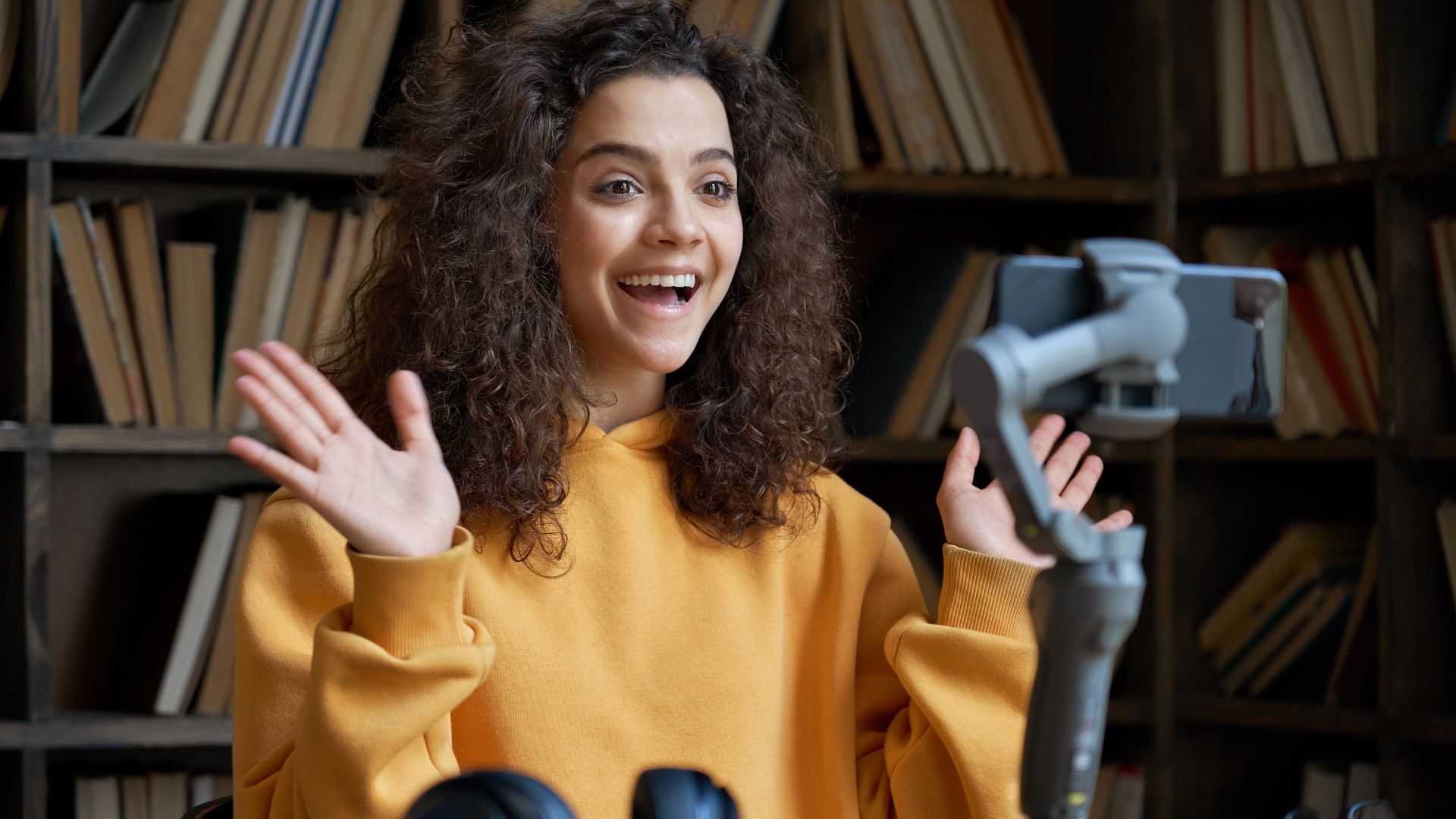Are you eager to record your podcast, but the thought of setting up a fancy studio with professional gear seems daunting? Or perhaps you’re always on the move and wish you could record your episodes on the go? I will show you how to start a podcast on iPhone.
All you need is the iPhone that’s right there in your pocket. With just your iPhone, you can create a professional-quality podcast with high audio quality.
I’m Niall Mackay – The Podcast Guy. I’ve hosted many shows and podcasts before, and I’m the founder of Seven Million Bikes Podcasts.
While I’ve never recorded a podcast on my phone before, I know many people that have and have built a loyal and dedicated following. (Looking at you Conor Kelly from The ComebaCK!)
I believe in getting things done and getting them done now. So if you want to start your own podcast and you want to do it now but all you have is an iPhone. Then do it!
Gone are the days when you needed expensive equipment and a dedicated studio for podcast recording. With the advancement in technology, your iPhone becomes your very own portable podcasting studio, ready to capture your voice and ideas at any time, from anywhere.
So if you’re worrying about your conditions, as you just have an iPhone by yourself, scroll down to read more!
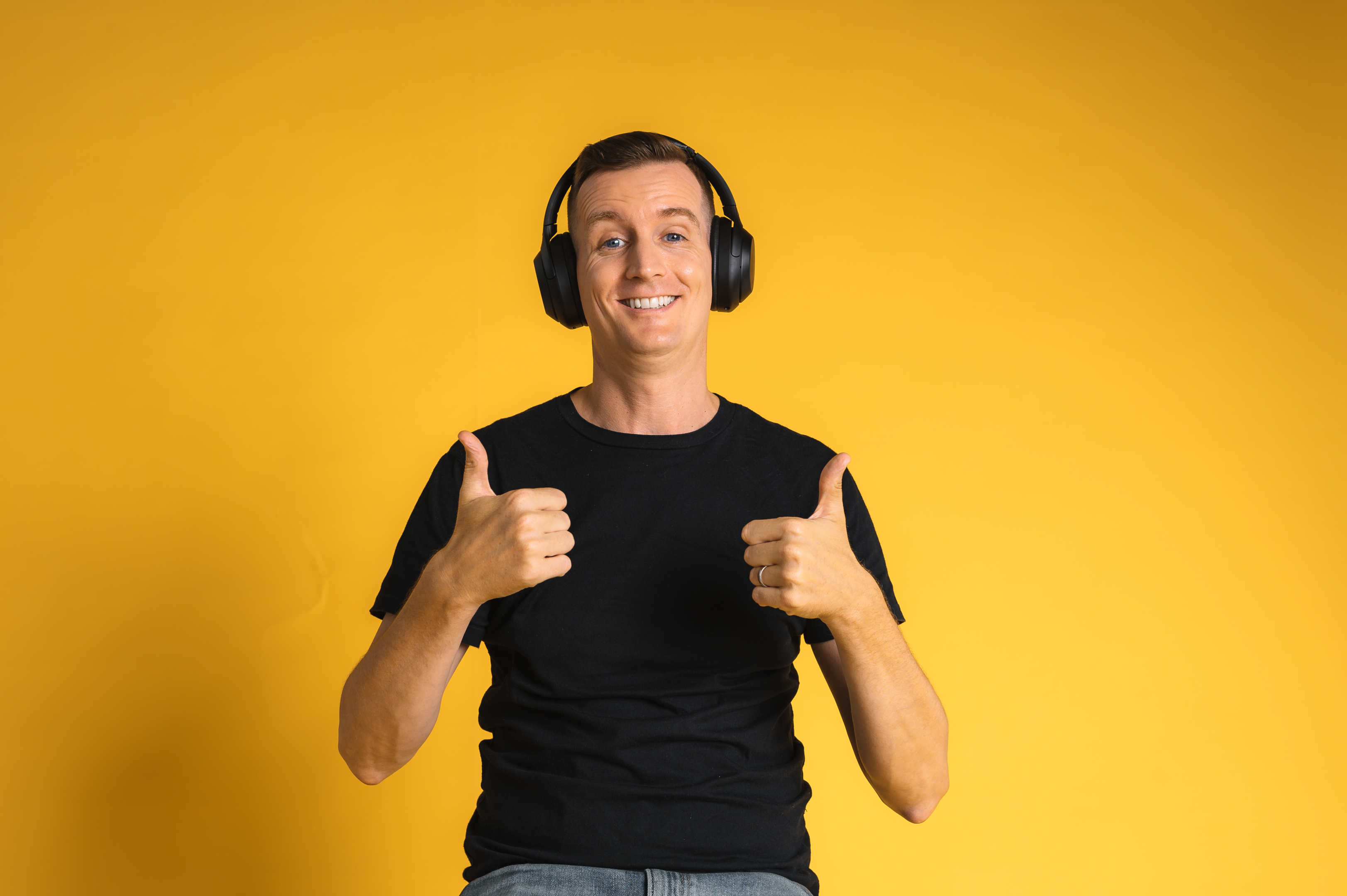
Record A Podcast Just On iPhone/iPad?
With just your iPhone, you can create a professional-quality podcast that captivates your audience and leaves a lasting impression.
Pros
For beginners and those looking to create a straightforward podcast, using your iPhone or iPad can be an excellent way to dip your toes into the world of podcasting. Here are some advantages:
Portability
The convenience of having your recording equipment in your pocket cannot be overstated. With an iPhone or iPad, you can start recording your podcast anywhere, anytime. Whether you’re at home, on a business trip, or even in a park, you can capture your thoughts and ideas on the fly.
Budget-Friendly
Traditional podcasting setups can be expensive, especially if you’re just starting. There are some podcast setup ideas like using your iPhone or iPad, which eliminate the need for expensive microphones, mixers, and other equipment. This makes podcasting accessible to a broader audience with limited budgets.
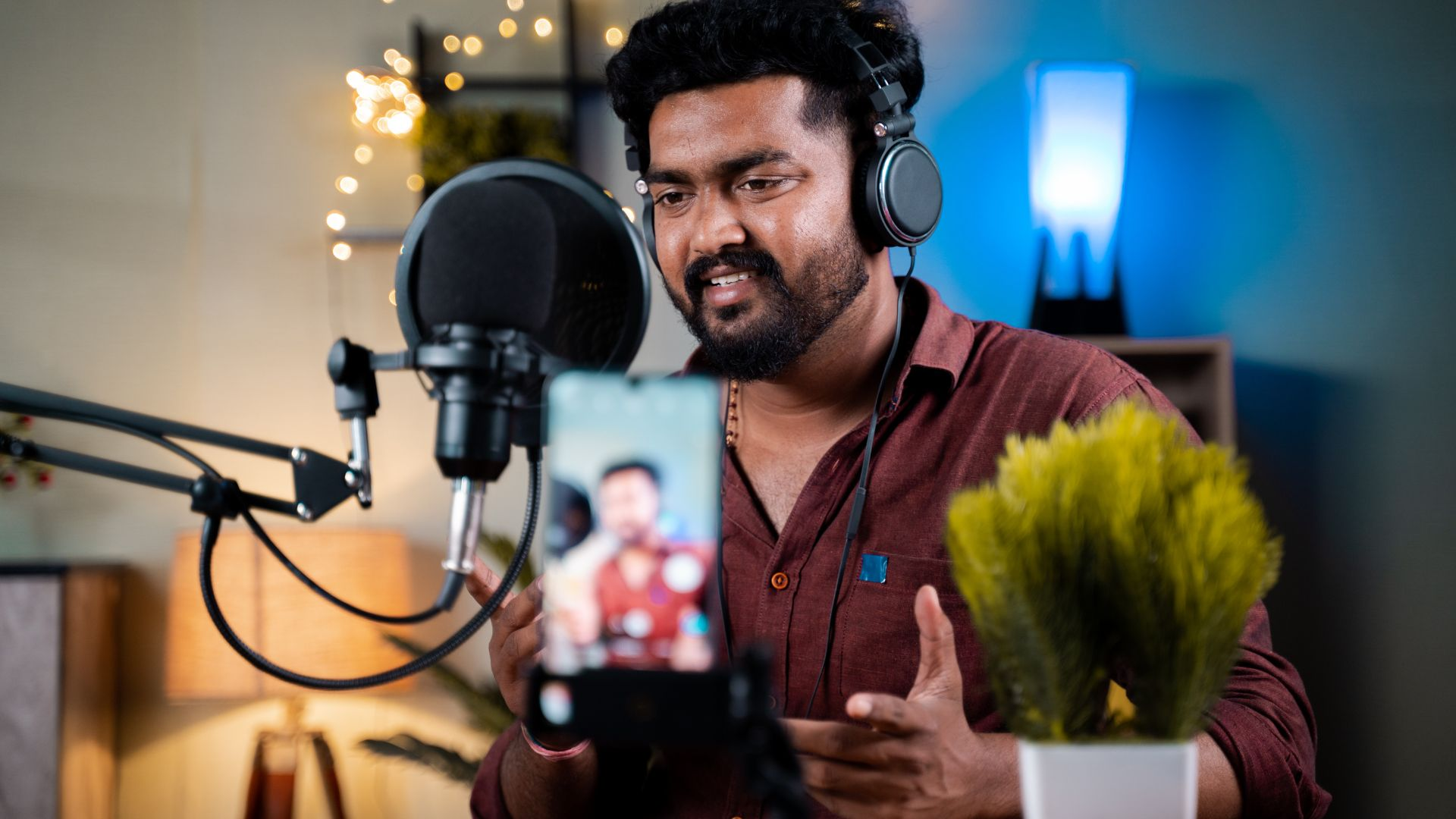
User-Friendly Podcast Apps
The App Store is filled with excellent podcasting iOS apps that are designed to be user-friendly, making it easy for beginners to start recording and editing their podcasts. These apps offer intuitive interfaces and simple editing tools that allow you to produce professional-sounding episodes with minimal effort.
High-Quality Sound
Modern iPhones and iPads come with built-in microphones and advanced features of audio processing, ensuring that your recordings have decent sound quality. Although it cannot reach the studio-quality podcast level, your podcast will still sound clear.
Cons
However, there are some limitations to consider:
Battery Life
Recording and editing podcasts can be battery-intensive tasks, and prolonged use may drain your device’s battery quickly. It’s essential to have a reliable power source or fully charged device when recording longer episodes or while on the go, or you should have a portable charger.
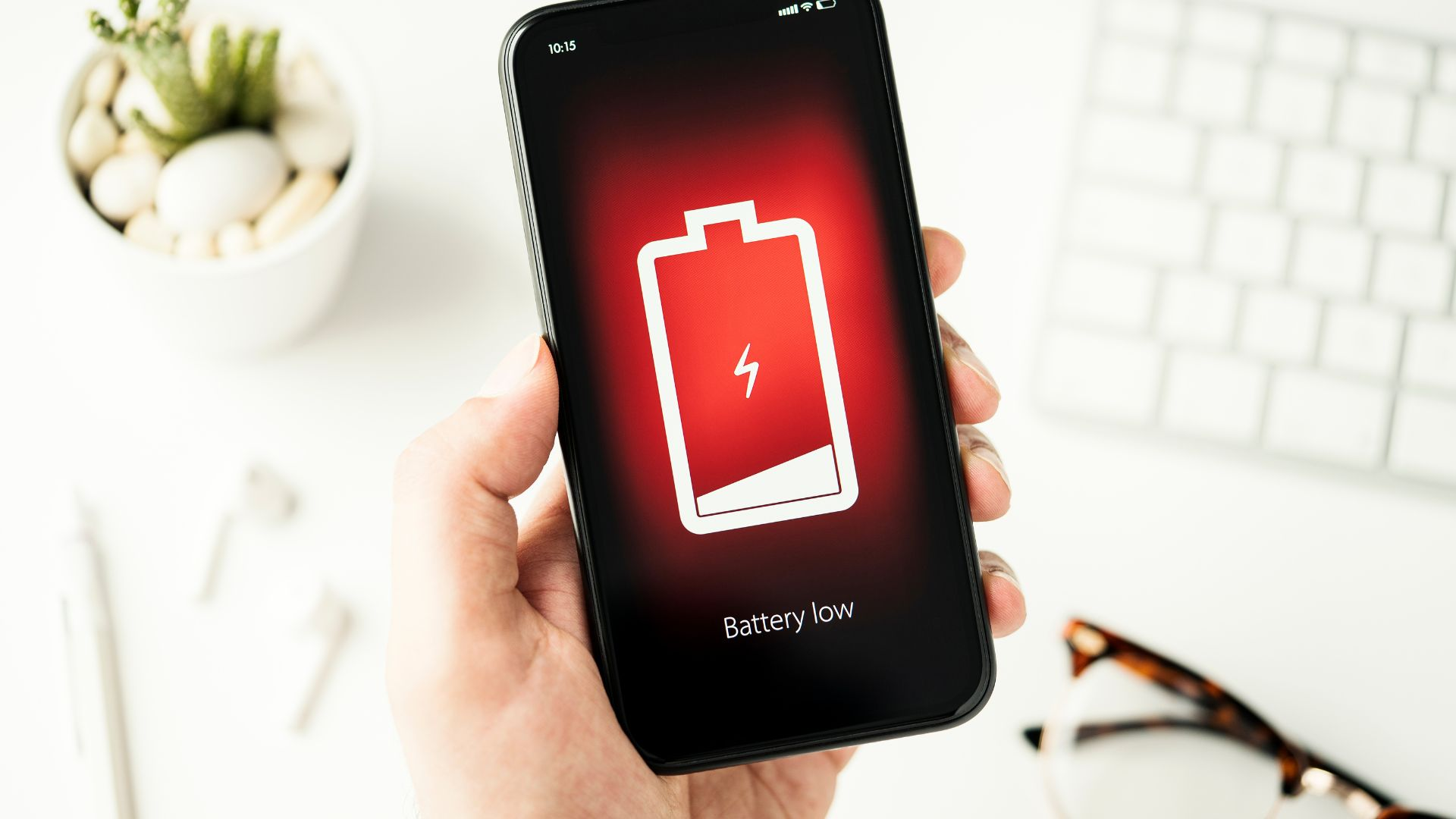
Storage Space
The audio files can take up a significant amount of storage space, especially if you’re recording high-quality audio recording. This may become a concern if your device has limited storage capacity or if you plan to produce multiple episodes regularly. Consider investing in additional storage or using cloud-based solutions to manage your recordings.
Multitrack Editing
While there are editing apps available, they might not offer the same comprehensive features found in professional audio editing software. This limitation might affect advanced post-production editing and audio enhancements.
Some advanced podcasters may find it challenging to handle complex multitrack editing on a mobile device. In such cases, professional audio editing software on a computer may be more suitable.
Who Can Benefit From Recording Podcasts On iPhone?
Recording a podcast with an iPhone is suitable for a wide range of individuals, especially those who are just starting or want a simple and portable setup. Here are some categories of people who might find recording a podcast with an iPhone suitable:
Beginners
If you are new to podcasting and want to test the waters before investing in professional equipment, an iPhone is a perfect starting point. It allows you to get familiar with the process of recording, editing, and publishing without a significant financial commitment.
On-the-Go Podcast Creators
For those who are constantly on the move or travel frequently, recording with an iPhone offers the flexibility to create content wherever and whenever inspiration strikes. Whether you are at a coffee shop, park, or in transit, you can easily record your thoughts and ideas for your podcast.
Content Creators on a Budget
Setting up a professional podcast studio with high-end equipment can be costly. Using an iPhone eliminates the need for expensive microphones and recording gear, making it a budget-friendly option for content creators who may not have the financial resources for a full studio setup.
How To Record A Podcast With iPhone? Step-By-Step Guide
Recording a podcast with an iPhone is a straightforward process that allows you to create content on the go or without the need for a dedicated studio.
Follow these steps:
- Plan Your Podcast
Planning your podcast is the crucial first step in the podcast production process, regardless of whether you record on your phone or use any other recording format.
By investing time in planning your podcast, you’ll lay a strong foundation for a successful show. A well-thought-out strategy will ensure that your podcast delivers value to your audience, keeps them coming back for more, and sets you on the path to podcasting success.
Some basic things to do:
- Define your podcast’s niche and target audience
- Choose your podcast format
- Create Episode Topics and Podcast outline templates
- Plan a Launch Strategy
- Practice and Rehearse
- Things To Prepare
While it’s true that recording a podcast on an iPhone eliminates the need for expensive studio podcast equipment, there are still some essential things you need to prepare to ensure a successful podcasting journey.
Basic Kit
- Built-in Microphone
The built-in microphone on your iPhone can work as a starting point for recording your podcast. While it may not offer the best audio quality, it’s suitable for beginners who want to test the waters before investing in external podcast microphones.
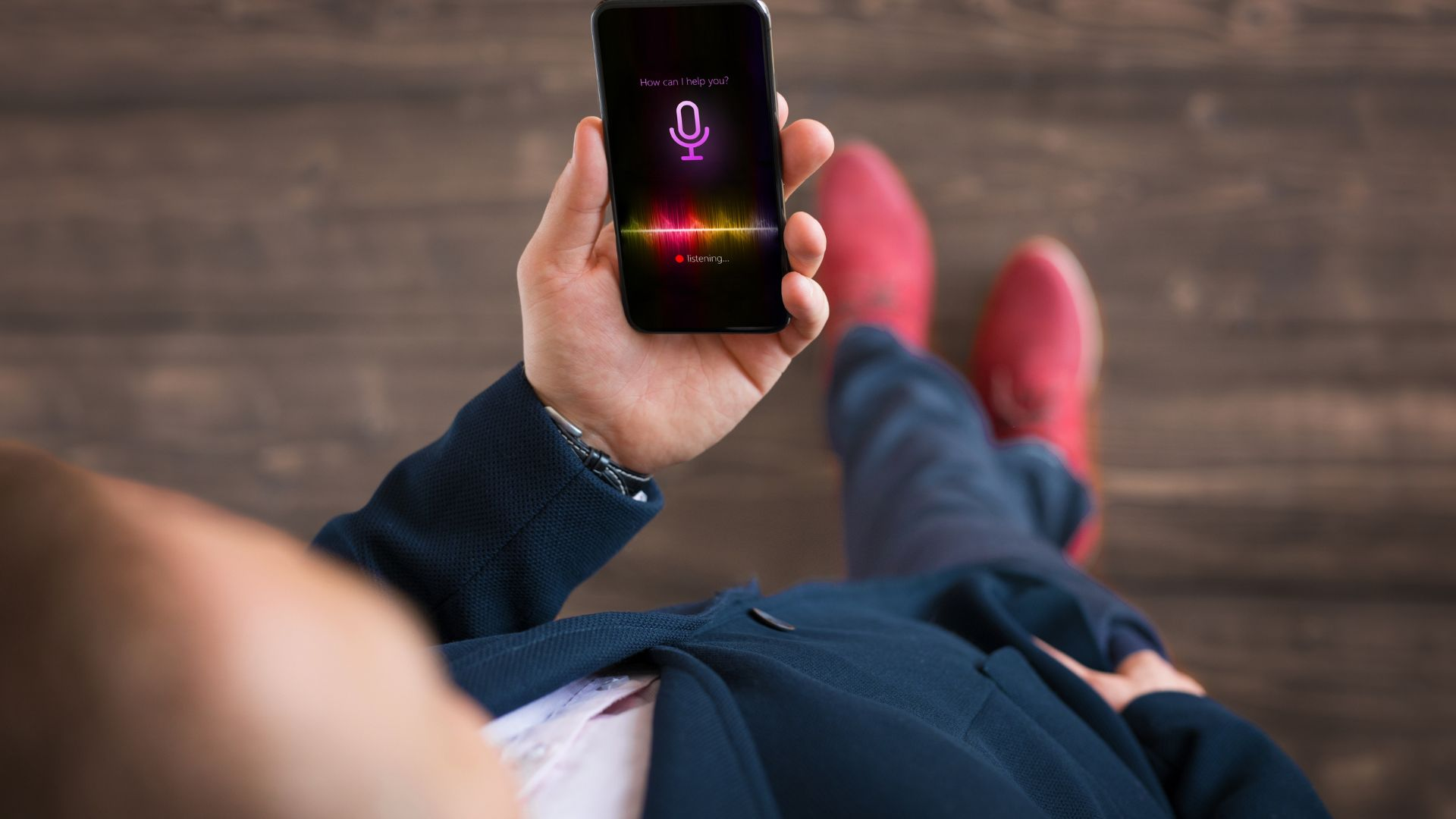
- Podcast Hosting Service
Choose a reliable podcast hosting service to store and distribute your episodes. These services provide an RSS feed that you’ll submit to podcast directories like Apple Podcasts and Spotify, making your podcast episodes accessible to a wider audience.
- Recording Apps
There are several free or affordable podcast recording apps available for iPhones that allow you to capture audio for your podcast.
Voice Memos app, Ferrite, and GarageBand are some best podcast recording apps that are highly recommended. Podbean, Spreaker Studio are some apps that offer both audio and video podcasts.
- Editing Apps (Digital audio workstation)
Editing is a crucial part of podcast production. You’ll need editing apps that allow you to trim, edit, add background music, and enhance your audio recordings. GarageBand, Ferrite, and Descript offer basic editing features to get you started.
Advanced Kit
While starting with the basic requirements allows you to get started on a budget, upgrading to the advanced options can significantly contribute to a high-quality podcast.
- Tripod
A tripod will keep your phone steady, preventing any shaky footage or unwanted movements during recording. This is especially beneficial if you plan on recording video podcasts or need a hands-free setup for audio recording.
Invest in a high-quality external microphone that is compatible with your iPhone. This will significantly improve the audio clarity and reduce background noise. To connect an external microphone to your iPhone, you will need an adapter or cable that allows you to connect the microphone to the iPhone’s lightning port or headphone jack, depending on your iPhone model.
Use a compatible headset to monitor your audio while recording. This will help you catch any issues with the sound quality and make real-time adjustments if necessary. Choose headphones with a comfortable fit and good sound isolation.
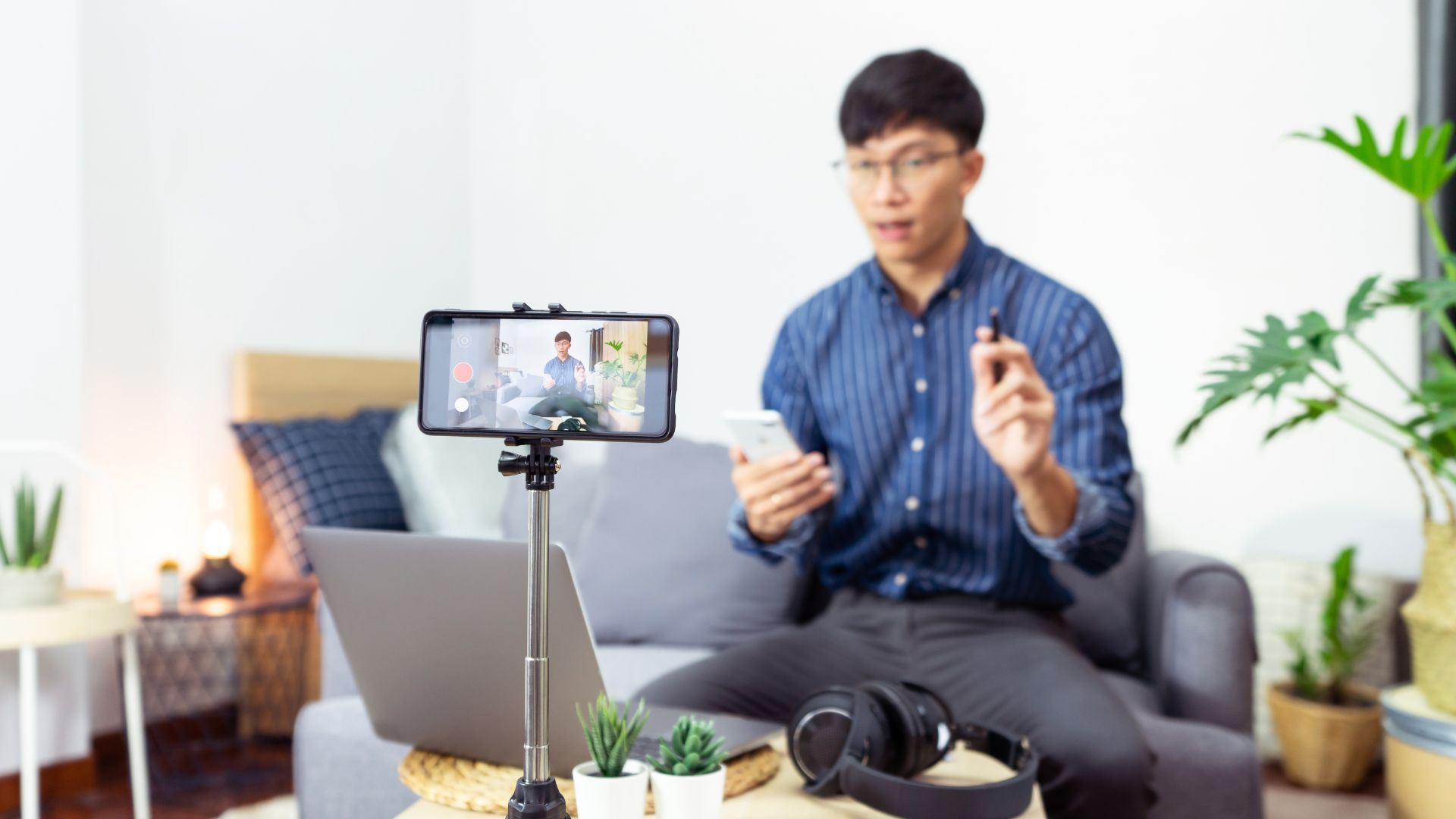
- Set Up For Recording
Choose A Place
Select a room in your home or workspace that experiences minimal external noise. Avoid rooms with high traffic or adjacent to noisy areas, such as busy streets or loud machinery. A spare bedroom, home office, or a well-insulated space can be great options.
What if you’re an on-the-go podcaster and don’t have access to a dedicated podcast studio for recording your podcast, don’t worry, you can choose:
- Record in a Car
- DIY Soundproofing
- Use a Closet or Wardrobe
Connect And Test Equipment (If You Have It)
Not all external microphones are compatible with iPhones, so it’s essential to check the compatibility of the microphone with your specific iPhone model before purchasing.
Purchase a Lightning to 3.5mm, USB-C to 3.5mm headphone jack adapter to connect the external mic and headphones. Once you have connected the gears to your iPhone, make sure to adjust the audio settings in your recording app to use the external microphone as the input source. You can usually find these settings within the app’s preferences or settings menu.
Before starting your podcast recording, do a quick test to ensure that the microphone is functioning correctly. Record a short sample and play it back to check the audio quality. Adjust the microphone placement and recording levels if necessary to get the best sound.
- Start Recording
Now it’s time for podcast recording. Open your recording app and hit the recording button. Imagine you’re having a conversation with your audience and speaking naturally and confidently. Avoid reading your script word for word; instead, let your personality shine through.
Podcasting can be mentally and physically demanding, especially if you’re recording for an extended period. Take short breaks between segments or episodes to stay refreshed and maintain your energy level.
Be mindful of your phone battery, you should prepare a portable charger as well. Make sure you have a strong internet connection if the recording app requires it.
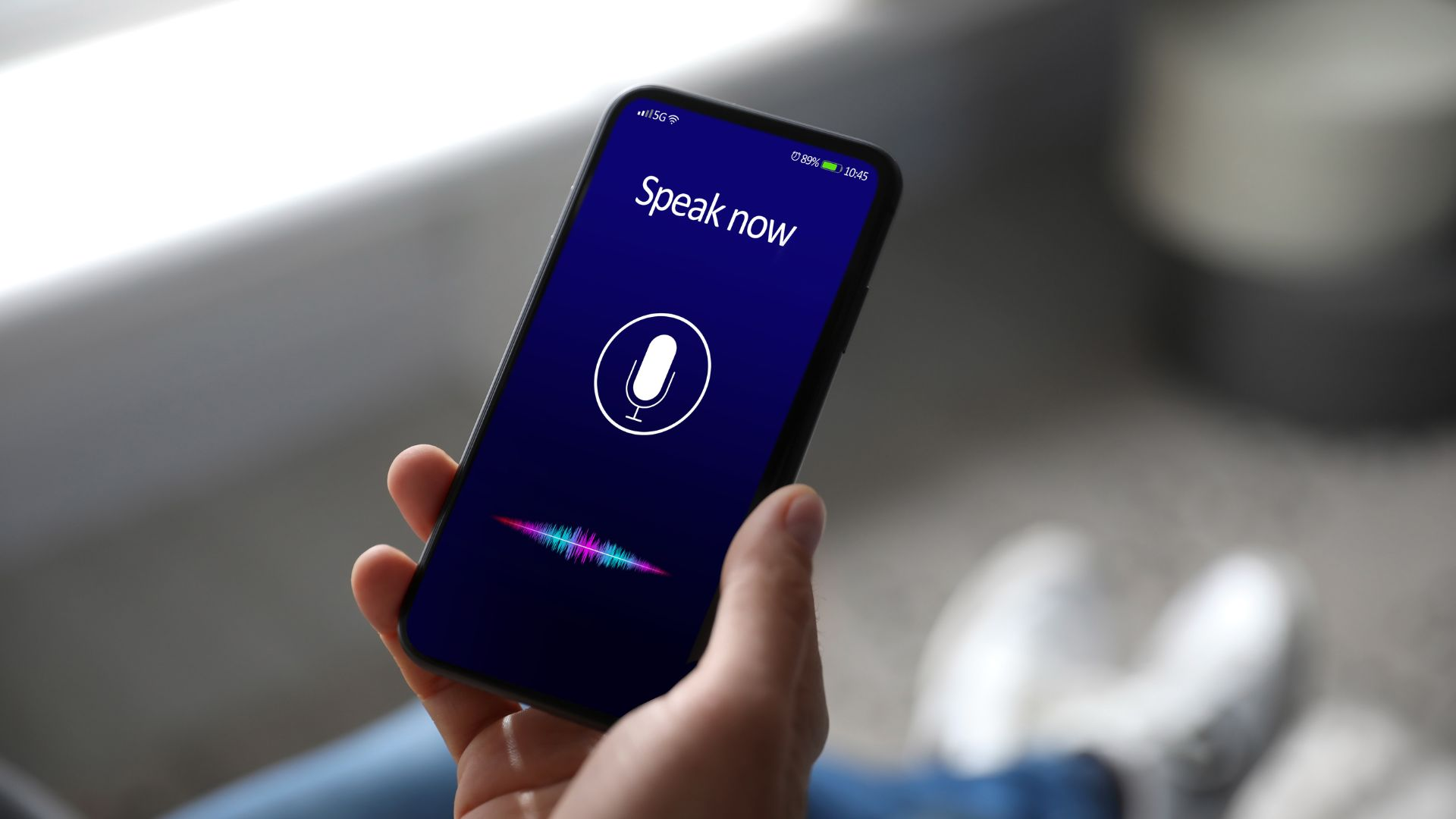
- Post Production
Share your newly published episode on social media, your website, and other relevant platforms. Encourage your listeners to subscribe, leave reviews, and share the episode with others.
Post-production can significantly enhance the overall quality of your podcast and leave a lasting impression on your audience. Invest time in perfecting your episodes, and with each release, you’ll gain confidence and improve your podcasting skills.
Edit recordings
Once you saved your audio file, transfer the recorded audio from your recording app to your preferred editing software. You can use apps like Ferrite, GarageBand, Descript or other third-party editing apps for more advanced post-production capabilities.
Some steps to enhance the sound quality of your podcast:
- Trim, and remove unnecessary parts
- Add intro, outro, music tracks, and sound effects
- Adjust Audio Levels
If it’s available, you should edit your podcast with a PC/Laptop for more editing capabilities, multiple tracks editing, and more export options.
Publishing
Choose podcast directories and hosting platforms that best suit you.
Now you can upload your final episode to your podcast hosting platform and publish it. Set a release schedule and be consistent with your episode releases to build a loyal audience. Remember to include your show note, and podcast description when publishing.
Record A Podcast On iPhone – Summary
Starting a podcast with just your iPhone is not only possible but also surprisingly easy and accessible. The technology available today allows us to record, edit, and publish high-quality audio content without the need for expensive equipment or a dedicated studio.
While recording on an iPhone offers convenience and portability, it is essential to be aware of its limitations, especially in terms of audio quality. Investing in an external microphone and headphones can significantly enhance the production value of your podcast.
As you gain experience and your podcasting ambitions grow, you may eventually opt for a more comprehensive studio setup. Regardless, with just your iPhone in hand, you have the power to share your voice, ideas, and stories with a global audience.

